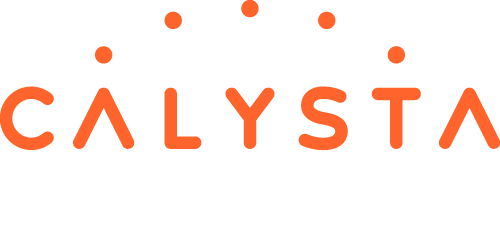
The challenges of protecting your software
More and more innovations nowadays are implemented partly or fully in Software. Many developers believe that software innovations are not patentable. This short article gives you a short overview how software innovations are patentable, when such a patent makes sense and how software can be protected alternatively.
- Patent protection
It is true that the patent law provides that software as such is not patentable. However, a software is just a technical tool to execute a method on a computer. If such a method fulfills the requirements of patentability also the computer program executing this method is patentable. The key criterium for such a method or software is that it solves a technical problem which is new and inventive. Thus, computer programs which cause a technical effect like a control software for a machine or which solve a technical problem like an algorithm accelerating the data transfer over a communication line are clearly patentable, if they are new and inventive. On the other side, a software aiming a non-technical object like predicting stock exchange prices will be difficult to protect. This is just a very superficial explanation and the patentability must be evaluated on a case-by-case basis. Also, the patentability requirements may very in different countries. Thus, even if not all software innovations might be patentable, many software innovations are indeed patentable.
- Trade secret
Software can often be compared with a black box which receives inputs and gives outputs through an interface. The inputs and outputs of the software are normally accessible by any user and can easily be copied. The algorithms in the black box instead are often difficult to reverse engineer for a third person. Many software innovations are actually hidden in the black box and cannot be reverse engineered by analysing the final software product. Thus, it might be better to protect the software innovations by keeping them secret. This is also called Trade Secret or Know How. In this case, reasonable steps shall be undertaken to keep the content of the black box secret, for example the source code.
- Trade secret versus Patent protection
Software Innovations can be classified in three groups. Software innovations being secret like the content of the black box (see yellow circle), software innovations being patentable (see blue circle) and software innovations being secret and patentable (see overlap of both circles). Secret innovations, not being patentable should be protected by trade secret. Non-secret innovations which are patentable should be protected by patent so that competitors cannot copy this reverse engineerable part of your software. For software innovations which are secret and patentable, it must be decided, if they are kept rather secret or are protected by a patent on a case-by-case basis.

- Copyright Protection
The source code and the object code of your software is also protected by a Copyright. Copyright is less suitable for protecting you against a competitor reprogramming the functions of your software program. It is however a strong weapon to avoid 1-to-1 copies of your software program. Copyright was the basis for the traditional software business model selling copies of the software program to clients who install the copies on their computers. In modern software business models like Software as a Service (SaaS) where the software code is mainly executed on the server copyright might be less important. In any case, Copyright protection shall be taken serious as a further level of protection and to reinforce the trade secret protection.
- Open-Source Licenses as a risk for your software protection
Software is more and more based in large parts on existing software modules made available under open-source licenses. This trend has accelerated the programming of new software and improved its quality significantly. However, the consequences of the use of open-source licenses are often neglected. The license terms of an open-source license are normally automatically accepted when using or distributing the software. A certain group of open-source licenses oblige the user of the open-source software to redistribute its own software in which he uses the open-source software under the same license terms. This is called the copyleft effect. Therefore, the use of copylefted open-source software in your software projects might oblige you to publish the source code of your software which you actually wanted to keep secret. Therefore, the open-source code used in your projects shall be selected with care.
- Summary
Software can be protected by patents, trade secret and copyright and the correct mix shall be selected on a case by case basis considering your business model and the software application. The use of open-source licenses must be controlled to avoid negative effects of copyleft licenses on your protection strategy.
At Calysta, we have a team of programmers and patent attorneys which can support you in protecting your software and checking the correct use of open-source licenses in the software.
